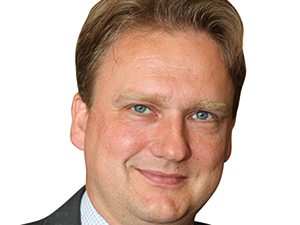
[miningmx.com] – PALLINGHURST Resources, the R3.6bn resources investment group, has raised $65m (R722m) for Sedibelo Platinum Mines (SPM), its 45%-held South African platinum investment.
Arne Frandsen, CEO of Pallinghurst, said in an interview today that the funds, raised from Dutch pension fund, APG, would be used to develop the East Pit of SPM’s Pilansberg Platinum Mine taking output to between 350,000 to 400,000 ounces a year of platinum group metals (PGM) in 18 months.
The capital raising comes amid a market backdrop of restructuring, margin compression and labour discontent in South Africa’s platinum sector.
In June, the country’s three largest platinum producers settled a five-and-a-half month strike with AMCU, but said that the interruption to production would results in restructuring throughout the sector. Anglo American Platinum has already signalled its interest in selling its Rustenburg shafts.
“That we were able to raise money in this market shows how robust SPM is and takes capital on the company’s balance sheet to $250m,” said Frandsen.
The capital-raising meant Pallinghurst wasn’t under immediate pressure to list SPM on the Johannesburg Stock Exchange (JSE), although Frandsen added that was still the intention as promised last year.
“We will list SPM but given the strength of the balance sheet, and the fact that we have other things to focus on, means we don’t have a gun to our heads,” he said. SPM was previously known as Platmin before it was delisted from the JSE and restructured.
South Africa’s government-owned Industrial Development Corporation (IDC) pumped R3.65bn into SPM for a 16.2% stake in 2012 making Sedibelo Platinum its the single largest mining-related investment.
Pilansberg Platinum produced just under 71,000 ounces of 4E (four elements) PGMs in the first six months of Pallinghurst’s financial year representing a 9% increase year-on-year. The strategic aim is for SPM to produce 1.2 million oz of PGM a year. First ore from the East Pit is expected to be mined in six to nine months.
Commenting on market conditions in the platinum sector, Frandsen said in notes to Pallinghurst’s interim figures published today that listed platinum firms continue to suffer share price pressure although there were signs of support for the future PGM price owing to supply constraints and signs of steady demand increases.
“SPM with its large, sustainable and relatively shallow resource base is well-positioned to benefit once market conditions are more favourable,” he said in the notes.
Shares in Pallinghurst Resources gained another 2% on the JSE following the publication of its interim results in which it posted a net gain on investments and income of $106m compared to a $72.7m loss in the interim period of the previous financial year.
In addition to shares in Sedibelo Platinum, Pallinghurst also has stakes in listed companies including Gemfields, a semi-precious stone miner and marketer listed in the UK, and Jupiter Mines through which it owns 50% of Tshipi Borwa, a manganese mine.
Tshipi, which Pallinghurst’s team commissioned last year, produced a maiden profit from output of just over one million tonnes (mt) of manganese from its site in South Africa’s Northern Cape. Tshipi has a nameplate capacity of just over 2mpta – enough to make it one of the country’s four largest manganese miners.
“In these markets, producing a profit in your first full year of production is an enormous achievement,” said Frandsen.
Gemfields today reported a net profit after tax of $16.3m compared to a $22.8m loss at the interim stage of the previous financial year.
Its CEO, Ian Harebottle, attributed the financial performance to record revenues from Zambia emerald sales and inaugural sales of rubies from Mozambique.








